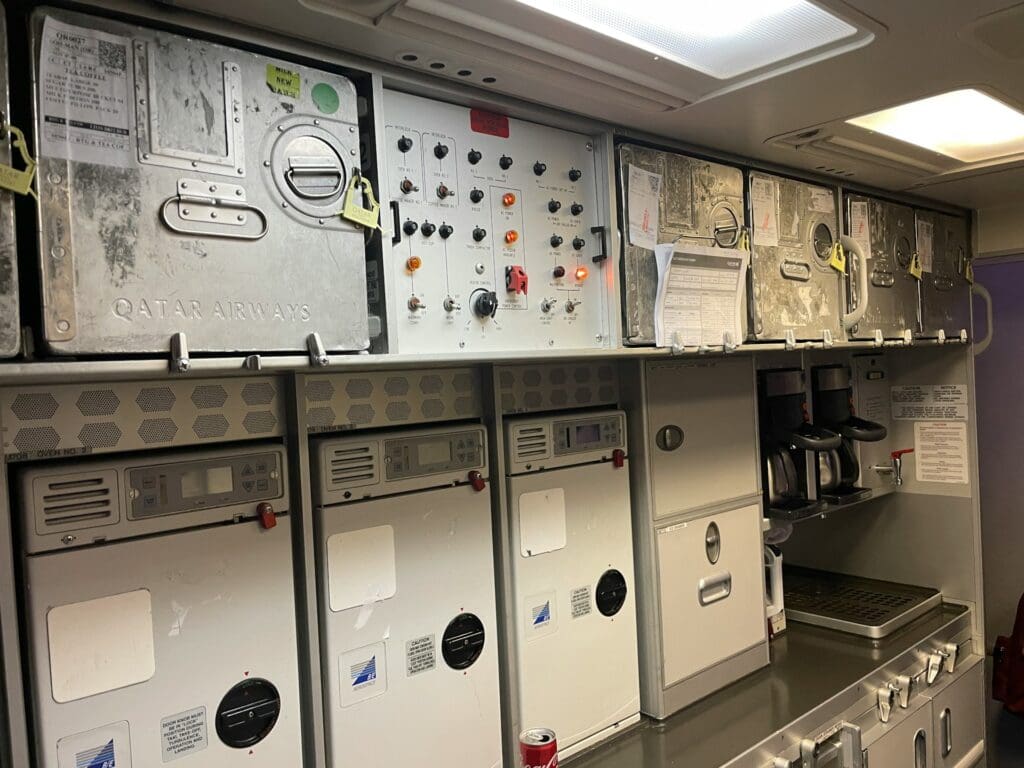Menu
close
Planning a new restaurant kitchen or upgrading your current setup requires more than just buying new appliances. A smooth restaurant equipment installation process depends on preparation, coordination, and a clear understanding of your kitchen’s workflow. Whether you're building from the ground up or replacing aging units, every step in the installation process impacts how efficiently your kitchen will operate.
Restaurant owners and kitchen managers in Reno face unique challenges when it comes to equipment installation. The kitchen’s physical layout, local health codes, and the volume of service all need to be considered before anything is plugged in or mounted. Getting it right the first time prevents costly delays, lost revenue, and unnecessary stress.
A clean, ready space sets the tone for a successful installation. Before the scheduled date, remove outdated or broken equipment from the area where new units will be placed. This includes disconnecting gas or electrical lines from old units and confirming that the space is free of debris or obstacles.
Check for adequate ventilation, especially if installing ovens, fryers, or grills. Confirm that exhaust hoods, make-up air systems, and ductwork are in working condition or scheduled for servicing. Measuring floor dimensions, counter heights, and wall clearance ensures your new equipment will fit safely and operate efficiently. Technicians can offer advice during a pre-installation site visit to help with layout adjustments or compliance issues.
Before committing to a purchase, think about how each piece of equipment supports your kitchen’s output. The fryer that works in a 20-seat bistro may not meet the demands of a 100-seat diner. Equipment needs to match your current menu and anticipated order volume.
C&C Refrigeration works with many restaurant owners to evaluate whether high-efficiency ovens, convection units, or multi-well steam tables are appropriate. These decisions affect not only speed and consistency but also long-term energy use. Taking the time to align equipment choices with your operational needs prevents early replacements and frustrating workflow issues down the line.
Proper restaurant equipment installation is more than unboxing and plugging in a machine. Commercial kitchens require compliance with safety regulations and manufacturer guidelines. Poor installations can lead to code violations, increased repair costs, or even voided warranties.
Certified technicians at C&C Refrigeration understand how to integrate complex systems, including HVAC units, reach-in coolers, ventilation, and gas-powered appliances. Scheduling installation with experienced professionals ensures that all components are correctly connected, securely mounted, and tested for performance. It also reduces liability concerns and sets your operation up for a successful inspection from local health authorities.
Every unit in your kitchen relies on a reliable power source—whether gas, electric, or water. Before installation begins, confirm that each utility line is properly positioned and meets the requirements of your new equipment. This includes voltage ratings, breaker capacity, and gas line size.
For HVAC and refrigeration systems, verify that drainage and condensation management systems are functioning correctly. Technicians can help assess whether utility upgrades or relocations are necessary before installation begins. Overlooking these details can result in additional costs or dangerous operating conditions.
If you're operating an active kitchen during upgrades, timing is everything. Choose an installation date and time that minimizes disruptions—typically during off-hours or seasonal lulls. Give your team time to adjust to temporary workflow changes during installation.
Planning ahead allows the technician team to work efficiently while avoiding safety risks for kitchen staff. C&C Refrigeration works with clients to schedule projects that respect business hours and operational needs. Clear communication before and during the process helps ensure minimal disruption and maximum safety.

Once installation is complete, don’t rush to start full kitchen service. Take time to run each piece of equipment through a performance test. This includes heating elements, temperature accuracy, airflow, and refrigeration cycles. Testing ensures that everything runs as intended before your staff begins regular service.
Technicians from C&C Refrigeration calibrate systems after installation to match manufacturer specifications. Any final adjustments—such as temperature thresholds or ignition sequences—can be completed before the equipment is in daily use. This extra step helps prevent issues during your next busy lunch or dinner service.
New equipment can improve efficiency, but only if your team understands how to use it correctly. Take the time to train your staff on startup, shutdown, cleaning, and troubleshooting procedures. This prevents early wear and tear and helps avoid accidents.
After installation, ask for a walk-through of key features and maintenance tips. Staff should know how to clean grease traps, replace filters, and identify warning signs. C&C Refrigeration provides equipment insights and support so your team can confidently manage their new tools.
Reno and other Northern Nevada jurisdictions may require permits, inspections, or specific guidelines for commercial kitchen installations. Review local codes related to fire suppression, ventilation, grease disposal, and energy use. Make sure your installer understands these requirements as well.
C&C Refrigeration works with local authorities to ensure all installations comply with health and safety codes. Permits and inspections can take time, so factor them into your project timeline. Missing this step can delay your opening or result in penalties.
High-quality equipment and parts contribute directly to your kitchen’s longevity and reliability. Equipment from well-known brands often comes with warranties and support that protect your investment. Don’t cut corners on fittings, seals, or control panels—every part plays a role in long-term performance.
C&C Refrigeration uses industry-recommended components and installation practices to ensure your equipment works the way it should. Choosing durable parts reduces the chance of frequent repairs or premature failure, especially in high-volume kitchens.
Your job doesn’t end once the equipment is installed. Regular maintenance extends the life of your systems and prevents costly breakdowns. Schedule follow-up service to clean filters, inspect electrical components, and test sensors.
C&C Refrigeration offers custom maintenance plans that fit your operation’s size and needs. These visits help identify wear early and allow for replacement before performance suffers. Planning for maintenance now means fewer emergency calls and better uptime throughout the year.